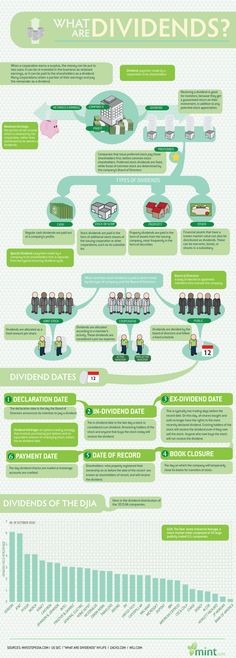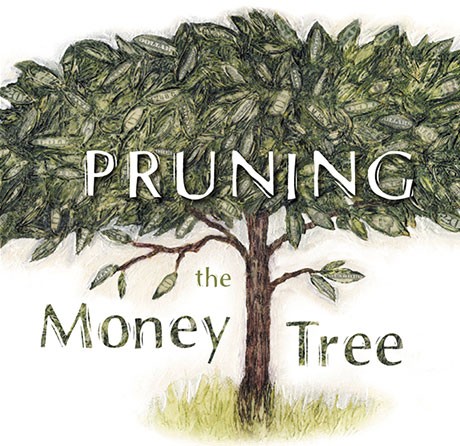Women Have Money and Financial Literac Why Aren t They Investing
Post on: 16 Март, 2015 No Comment

Women create, control, and influence an enormous amount of wealth. In the U.S. alone, women (with a personal income of at least $100,000 or investable assets of at least $500,000) exercise decision-making control over $11.2 trillion, or 39 percent of the nation’s estimated $28.6 trillion of investable assets. Women are not only controlling a powerful purse, but a majority also identify as the primary source of household investable assets. As more women become breadwinners and business owners who generate income and make financial decisions for their households, the power of the purse—and the market opportunity it represents—will grow exponentially.
What’s even more encouraging is the significant impact this market could yield for entrepreneurs, social enterprises, and philanthropic organizations. According to Harnessing the Power of the Purse: Female Investors and Global Opportunities for Growth , a new study I have co-authored with economist Sylvia Ann Hewlett at the Center for Talent Innovation. or CTI, women are seeking a greater basket of goods when it comes to their investments.
Like men, women prioritize financial security and financial independence. But once those objectives are met, women want to derive greater meaning and value for themselves, for their families, and for society at large. In many ways, financial return is baseline; women are also seeking a personal and social return with their money. They want to align their values with their financial resources. CTI research found that 79 percent of women surveyed in the U.S. want to invest in organizations that promote social well-being. For some, that is achieved by funding entrepreneurs and social enterprises. Other women are keen to donate to charities and invest in socially responsible entities focused on education, the environment, fighting poverty, and promoting gender equality. Women want from their wealth what research shows they want from their careers: an identity that acknowledges their vision, their values, and their agency.
This would be great news, especially when considering the amount of wealth women control, if women’s desires actually translated into action.
Women in the U.S. have a relatively high level of financial acumen. They’re virtually as knowledgeable as men (35 percent of women, and 39 percent of men, passed our literacy assessment). Indeed, they’re among the most financially literate investors in the world. Interestingly, however, superior knowledge does not translate into commensurate confidence: These women don’t perceive themselves as financially literate (a mere 19 percent felt confident in their financial knowledge). Certainly they’re far less confident than men, who are 79 percent more likely to express confidence in their financial know-how. We find that low confidence affects how U.S. women behave with regard to value investing and philanthropy. The report’s findings surface a correlation between women’s confidence and their values-based investing: The more confident the woman, the more likely she is to make socially conscientious investments in line with her desires. We find less discrepancy between what women say they want to allocate and what they actually allocate, when they’re confident investors. Thus, it’s tempting to infer that helping women become more confident investors might translate into a significant economic force for social good.

Forty-four percent of U.S. women with at least $500,000 in investable assets or at least $100,000 in annual income don’t have a financial adviser; the number soars to 76 percent for those under age 40. In the U.S. alone, this may amount to more than $5 trillion in assets left on the table. This unmanaged purse represents a massive missed opportunity not just for the wealth-management industry but also for women and the causes they care so deeply about advancing.
Share your thoughts on this topic via Twitter by using the hashtags #POPStudy or #POPFinance.














